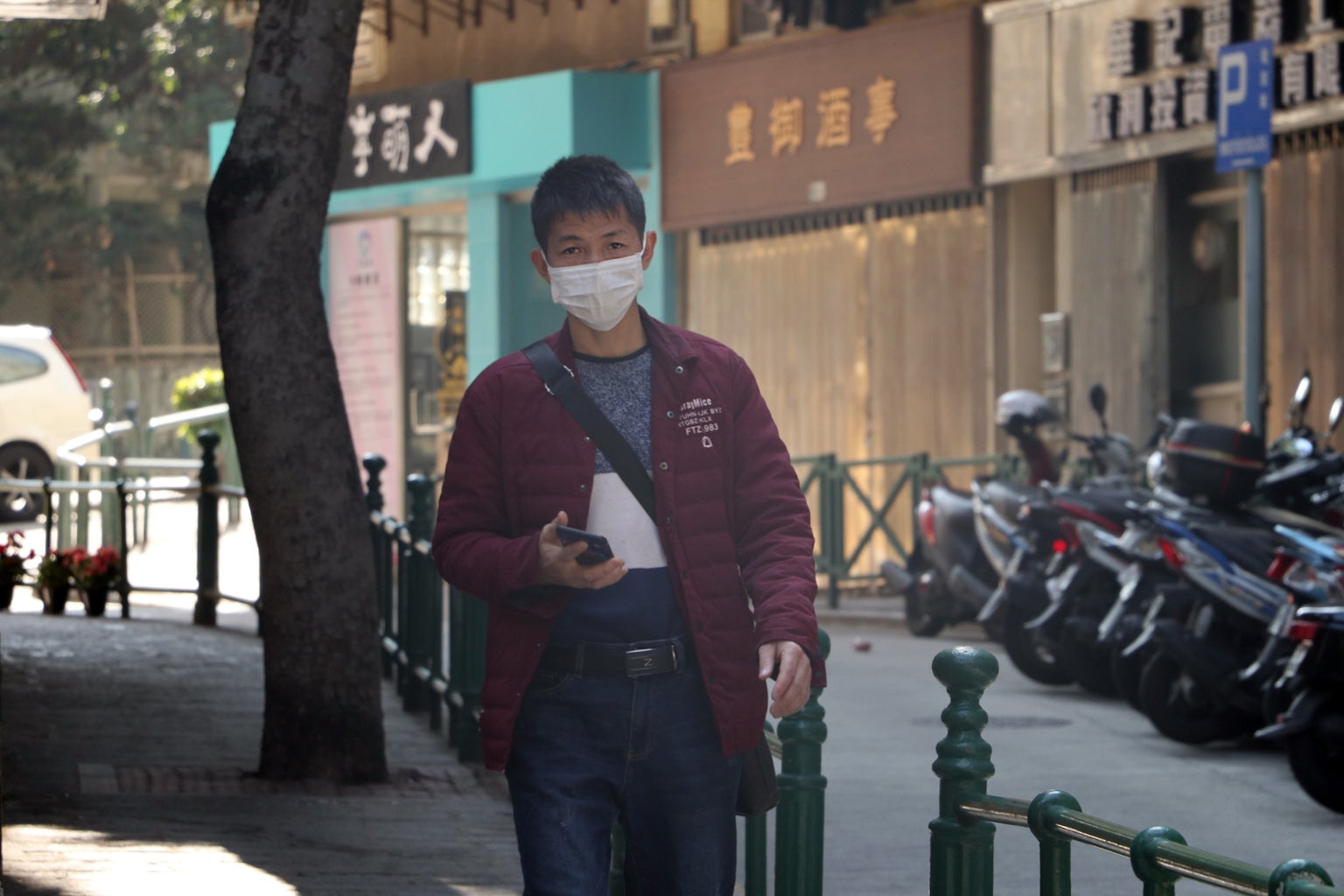The rise of xenophobia towards the Asian community due to the Coronavirus is disheartening. With a population of over 1.4 billion, so far 70,500 people have been infected in China, and 1,770 have died. Now that the virus has been discovered outside of China in several nearby countries, Europe, and the US, everyone is panicking.
In short, the Coronavirus (COVID-19) is a part of a larger family of viruses. The Mayo Clinic Health System states, “These viruses cause illness ranging from the common cold to more severe diseases, such as MERS (Middle East respiratory syndrome) and SARS (severe acute respiratory syndrome).” Symptoms range from fevers, coughing, and shortness of breath, to more severe issues such as pneumonia and kidney failure. As of now, we know that the virus has been transmitted from animals and people, and people can prevent passing on the illness by simply washing their hands or covering their mouths and noses when they cough or sneeze. Once exposed, symptoms can appear within 2-14 days. The outbreak began in the Hubei province of Wuhan, China, but scientists are still unsure how exactly the virus originated. For those who mistake the name originating from the Mexican beer, it actually comes from the Latin word “corona” meaning crown. The crown is referring to what the virus looks like under the microscope, which is the spikes around its surface that bind the virus to host cells.
There have been rumors of the virus coming from the critically endangered Pangolin. Despite large suspicions of bats being the culprit, this ant-eating creature is known for the keratan in its scales. In China, they are prized for their meat and scales with the idea that they contain medicinal properties. The reason why the Pangolin could be the missing link for the virus is that “Chinese health authorities say the virus likely came from a seafood market in Wuhan where wildlife was also traded illegally,” according to Aljazeera.com.

Yes, it is wrong for this animal to be illegally trafficked to near extinction with no proof of medical benefits whatsoever. But it is also wrong for people to stigmatize the Chinese for all their animal practices. Asian cuisine is quite different from the US in regard to traditions, available ingredients and preparations of different meats. Dishes that are commonly known as delicacies in Asia are seen as taboo in the US. The Coronavirus is adding to stereotypes of how Chinese people and the Asian community eat. Social media doesn’t help the fight against Sinophobia with misinformed comments of Chinese people commonly eating dogs and cats.
Another issue comes from the popular Asian trend of wearing surgical face masks. They are more than what Americans believe to be someone who has already fallen ill. Many Asians wear them for different reasons such as health, fashion or avoiding people in the way many others use headphones to block out social interaction. It is very disrespectful to assume all Asians are Chinese and to go further as to generalize all Asian cultural norms. Let it be known that the Asian community did not start wearing surgical masks after the outbreak of the Coronavirus.
The prejudice doesn’t stop there. It is no surprise that Asian-Americans are facing discrimination in the US because of the idea that they are more likely to carry the virus. Western culture has a history of racism towards the Asian community through Angel Island Immigration between the 19th and 20th centuries. Although immigrants from Russia, Mexico and even Australia come to the west coast of the US, the Chinese were more prevalent. After the Chinese arrived in the mid-19th century the economy spiraled. The economic issues in 1870 were thrown onto the Chinese. The Chinese Exclusion Act of 1882 limited immigration based on nationality or race.
More laws were passed to replace Chinese immigrant workers, and a new immigration station, Angel Island, was created in 1910. The Angel Island Immigration Station Foundation states, “Men were separated from women and children, then proceeded for medical exams, a humiliating experience for Asians, whose medical practice does not include disrobing before the leering eyes of strangers or being probed and measured by metal calipers.” Failing a test for illness or parasites would mean hospitalization or deportation. By 1940 thousands of Chinese immigrants were either buying fake identities or claim “paper sons/daughters.” Poetry that has been found etched on the walls of these wooden prisons share the horror of the living conditions and treatments. Despite waiting weeks to even months and years for answers from immigrant inspectors and testimonials, it is estimated that 95 percent were able to make the US their home after their appeals.
With the Wuhan people already being ostracized by the entire country, the way Asians are being treated worldwide is unacceptable. If we look back on the racism towards Africans during the Ebola outbreak in 2014 we see similar reactions and treatment. Even with Hurricane Katrina in 2005, black survivors were seen as looters whereas white survivors were simply finding supplies. It is important to recognize that these narratives are shrouded in fear and misunderstanding. Instead of feeding into misconceptions and hatred, we need to educate and look at what people are doing now to contain this virus, and help each other.



